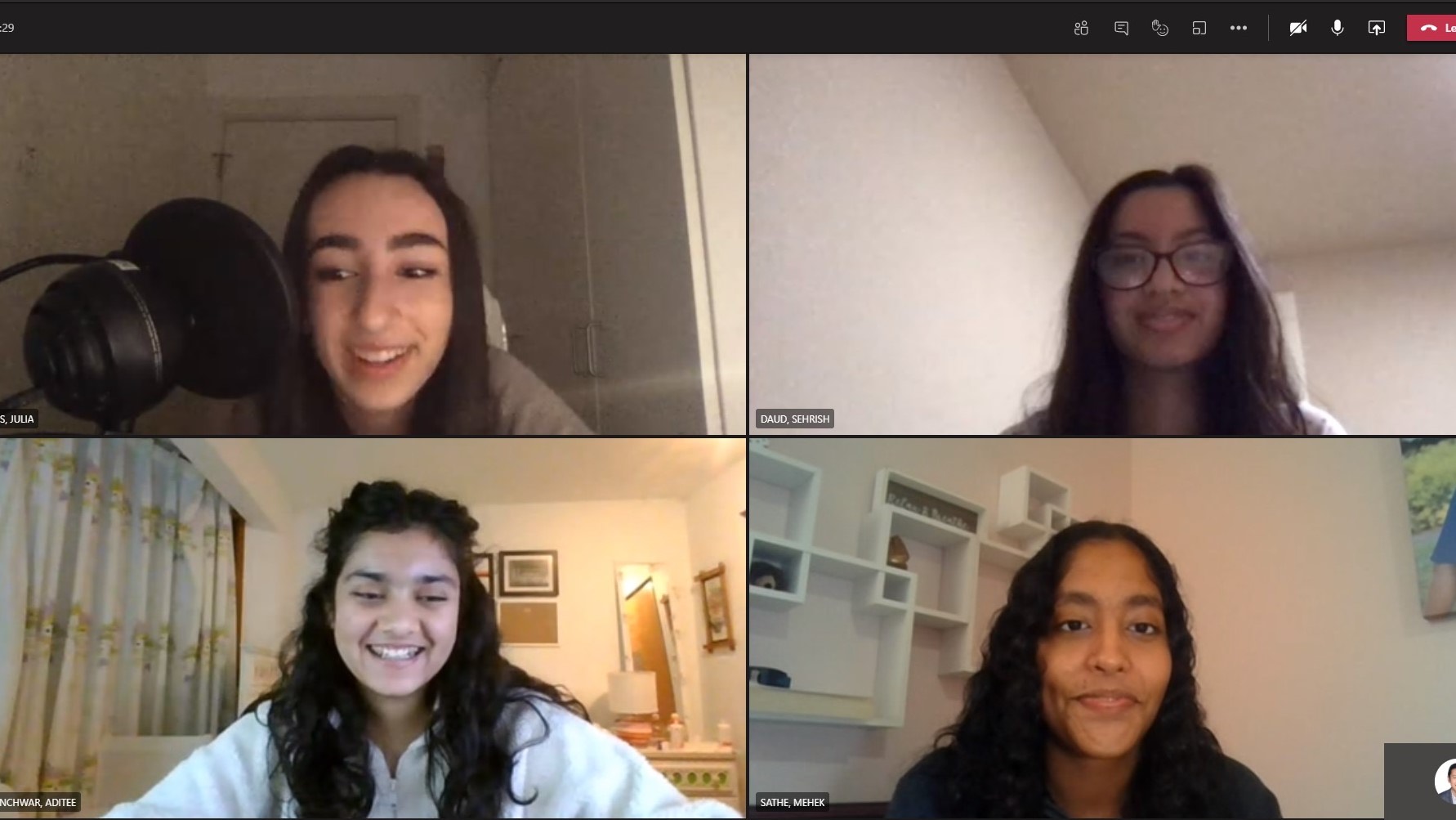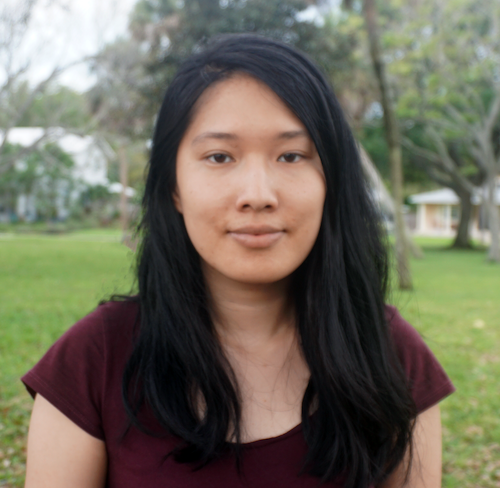Last fall as Facebook geared up to fight misinformation related to the 2020 elections, residents of Sammamish, Washington, realized they already had a problem.
They were in the midst of a contentious city council election season, and misinformation was running rampant on the social media site. Some users spread false rumors about candidates’ positions on hot topics like development, while others created Facebook groups under misleading names in the guise of neutrality.
“It ended up becoming a misinformation fest Facebook election, where basically the side that can feed the most amount of negativity and misinformation on Facebook won,” said Lin Yang, a former journalist who had grown up in Sammamish and later moved back.
The main issue was that the city no longer had an independent news source that could provide information about the candidates and their positions. The previous local paper, the Sammamish Review, had stopped publication in 2017 due to financial issues.
The Review’s closing left the city of 65,000 people in a news desert. Sammamish, located a 30-minute drive east from Seattle, was not alone as other nearby cities had also lost their local papers. Without an independent and reliable source of information, residents turned to Facebook and local blogs for their news.
Pamela Stuart, a city councilor who was not up for reelection that cycle, watched as people spread lies about candidates on social media. She also saw Yang posting — not to lie, but to correct the record and guide conversation. After finding out that Yang was a former journalist and worked in communications, she reached out to him with the idea of starting a local paper.
“It just became so apparent to me that there’s a void of information,” Stuart said. “I just realized that — good, bad or indifferent for me personally — we need fair and free and objective coverage of what’s going on in our community to hold everyone accountable.”
Yang was well-aware of the problems many local papers faced. For the past two decades, the nation had been hemorrhaging newspapers as print advertising revenue dried up. If he was going to start his own, he couldn’t rely on the traditional for-profit model dependent on advertising dollars.
Instead, Yang decided to use a nonprofit, “community service” model. Everyone on the paper would volunteer their time to keep their community better informed. Though the editors would be adults, Yang turned to local high school journalism programs to find his reporters.
The Sammamish Independent published its first set of articles in June. Since then, its staff of teenagers has tackled the same big threads as their adult counterparts at national papers — the pandemic, the Black Lives Matter movement, the elections — but with a local twist. They’ve also launched a podcast, the Indy On Air, to accompany their written reporting.
Their work, the reporters say, helps bring the Sammamish community together.
“We are high school students, and most of us like making a difference (by) writing articles,” said Kelly Lin, the paper’s education reporter and a high school sophomore. “That there are people in our community who are reading this, it blows my mind that I’m making that kind of difference.”
[the_ad id=”667826″]
Creating connections

The Sammamish Independent’s podcast team holds a virtual team meeting weekly. Julia Gudis (top left), Sehrish Daud (top right), Aditee Elkunchwar (bottom left), and Mehek Sathe (bottom right) are all high school students from Sammamish, Washington. (Courtesy)
Though most of the Sammamish Independent reporters had worked for their high school papers, Yang kicked off the paper’s run with a four-week crash course in journalism. Every time another staff member joins, he holds a condensed version for the newcomer.
“After two articles, what they’re turning in is what I would consider close enough to publish in any local newspaper in the region,” Yang said. “The progress that the kids make is astronomical and incredibly fast.”
The staff of five editors and nine reporters meet biweekly to decide story assignments. Because of the pandemic, many of the staff have never met in person.
Despite working remotely, Indy On Air host Julia Gudis said her duties at the paper have brought her closer to not only the other podcast team members, but her city. A junior in high school, Gudis joined the paper in part because quarantine and virtual school had left her feeling “disconnected.” She said she hopes her work will give listeners an avenue to engage with their community.
“It’s really good to be able to have this outlet, to be able to hear about our community members and know that we’re not alone. We have other people going through similar things during these times,” Gudis said.
Sports reporter Maria Langworthy has a similar story, joining the paper because it made her feel productive to be contributing to her community. A high school junior, she said her favorite stories focus on high school sports because they allow her to connect with kids her age.
“I like to be able to connect with people of all ages, but I think getting in younger readers to the paper overall is something that I want to help promote because I know a lot of young people don’t really use or read newspapers,” Langworthy said.
In addition to providing Sammamish residents with a reliable source of local news, Yang said he hopes to encourage young people to become better consumers of the news. He has taught his reporters to distinguish news stories from opinion articles and to critically evaluate sources. Occasionally he invites professional journalists to speak about their work.
Some of the paper’s former reporters have gone on to study journalism or write for their college paper. Business reporter Maddie Afonso, who is currently applying to colleges, said her work at the Sammamish Independent has helped her writing skills and that she will likely pursue journalism in some form after high school.
“Before I wasn’t really involved in keeping up with the news around me,” Afonso said. “Now, being the one that helps produce it, I’ve seen the value it has within communities.”
[the_ad id=”667872″]
‘A sustainable model’
Six months after publishing the Sammamish Independent’s first stories, Yang has shown no signs of stopping.
The Sammamish Independent has already applied for 501(c)(3) status with the IRS, and Yang expects the paper to receive nonprofit status this month. At that point, the paper will start soliciting donations. In the meantime, he is recruiting a board of directors.
Yang is also trying to find two more editors and has started thinking about next year’s coverage. 2021 will bring another round of city council elections, but this time a local paper will be around to cover the candidates.
Community editor Sudeshna Dixit said she hopes that with time people will come to seek out the Independent for reliable information.
“I think in the long run people will realize — and they have already started realizing — that some of the blog posts or some of the things that they’re seeing on Facebook are not quite based on facts,” Dixit said. “In that sense we are gaining momentum for being honest and truthful and really independent, which is I think a great thing and which will absolutely help us succeed in the long run.”
The pandemic has closed dozens of local papers across the country. And the issues that plagued newspapers before the current crisis — declining ad revenue, fewer subscriptions — have not gone away.
Sometimes student-run publications take these papers’ places. For example, middle and high school students at the Pelham Examiner in New York’s Westchester County have been providing their community with local coverage since 2018. They haven’t let up since the start of the pandemic, writing 150 stories in March alone.
In some cities, college papers serve as the main source of local news. After Eudora, Kansas, lost its local news sources, students from the nearby University of Kansas started The Eudora Times.
Are volunteer-driven papers with teenage reporters like the Independent a possible answer?
Yang thinks so. With some training, the right beat, and a little help from adults, high schoolers can cover local news stories, he said.
But Yang also cautioned that those seeking to create a similar paper need to frame the experience as a form of community service — as a teaching and learning opportunity — and only take volunteers.
“So far the model has worked, and the students are covering (the city) marvelously,” Yang said. “I do think this is a sustainable model for micro-papers like ours.”
[the_ad id=”667878″]







